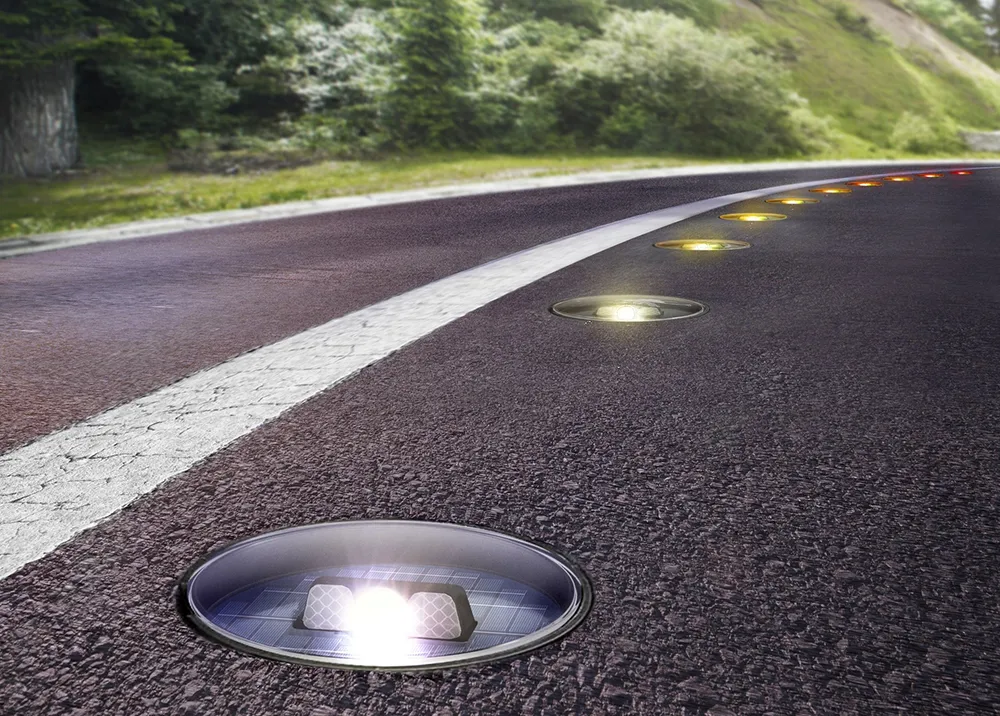
Chief investigator Dr Gregoire Larue says mobile phone distraction is a global road safety concern - but most research and safety campaigns are focused on distracted driving.
“There are now growing concerns about ‘distracted walking’, particularly pedestrian distraction from looking down at mobile phones,” he says.
The Brisbane study set out to break the ‘smartphone spell’ by assessing whether or not flashing LED lights at ground level caught the attention of pedestrians engrossed in their apps.
QUT’s Centre for Accident Research and Road Safety - Queensland (CARRS-Q) brought 24 participants between 20-43 years old into their labs. They were fitted with eye trackers, handed a phone with a visually-intensive task and asked to walk a pavement and push a button whenever they noticed the LED lights.
“We also performed the same test with headphones and an auditory version of the task - as listening to music and voices through headphones can also be distracting and reduces people’s ability to hear warnings,” he adds.
The study found that participants used their peripheral vision to detect the flashing lights at ground level while carrying out a distracting task on their phone.
“Reaction time for ground lights (compared to eye level lights) improved by 159 milliseconds for lights one metre away, and 43 milliseconds for lights two metres away,” Dr Larue continues. “It’s only a tiny amount of time but it can be the difference between life and death if you are crossing the road.”
He explains that ground level flashing lights were just as successful at catching people’s attention as face level lights are for people not on their phones, but the fastest response times happened when the participants were one metre from the lights.
“This is consistent with close-range peripheral vision and existing research that shows walkers tend to fixate on the ground around one or two steps ahead,” he reveals.
Dr Larue concluded that further research in the field is needed to see if the results were the same as in a laboratory setting.








